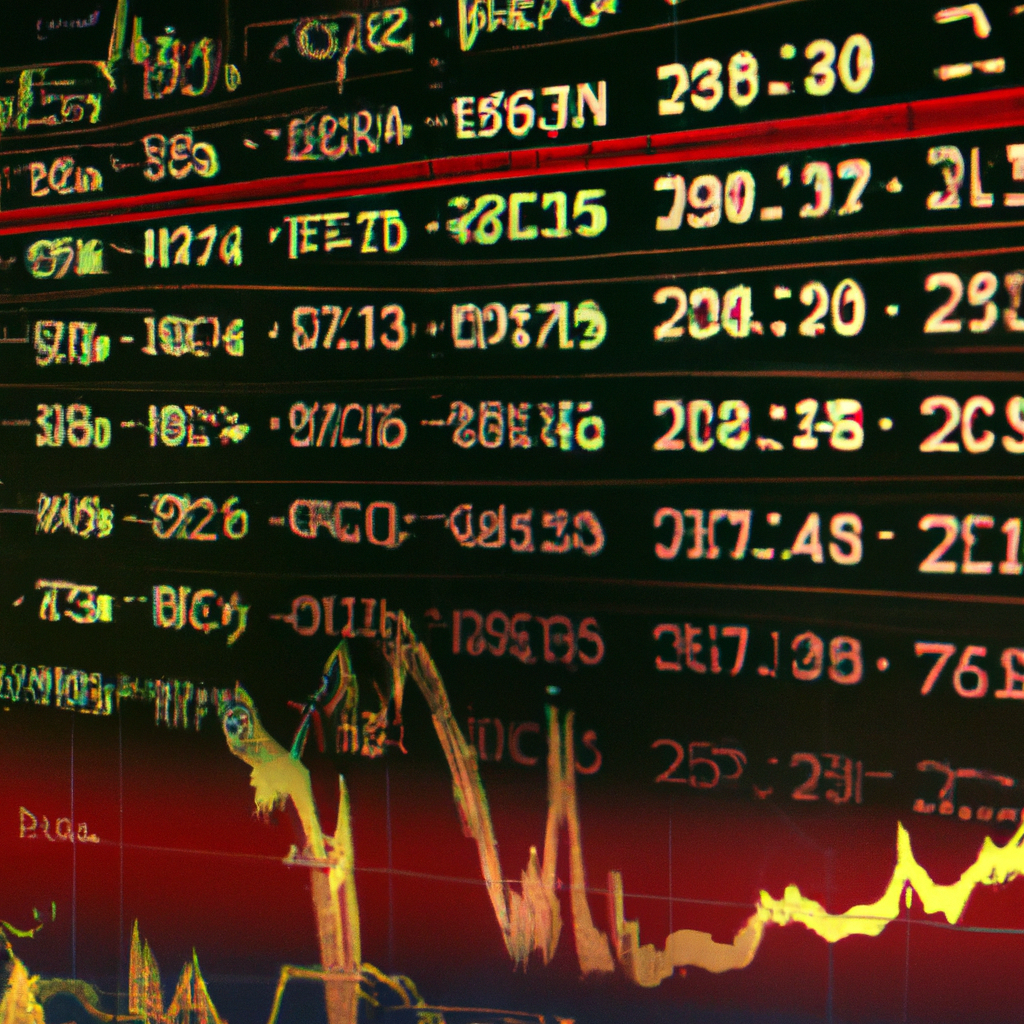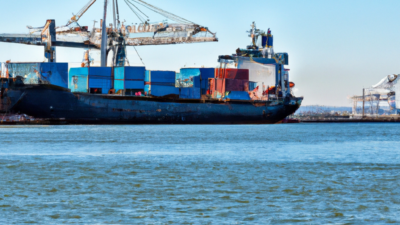Investing in commodities has long been a cornerstone strategy for diversifying portfolios, hedging against inflation, and gaining exposure to global markets. However, the inherent volatility and unpredictability of commodity prices often spark a critical debate: are commodities high-risk investments? This article delves into the complexities of commodity markets, examining the factors that contribute to their risk profiles, such as geopolitical events, supply chain disruptions, and market speculation. By exploring the nuances of commodity trading and investment, we aim to provide a comprehensive understanding of the potential rewards and pitfalls, helping investors make informed decisions in an ever-changing economic landscape.
Sure! Here is a content outline for an article on the topic "Are Commodities High Risk?":
“`html
<!DOCTYPE html>
<html lang="en">
<head>
<meta charset="UTF-8">
<meta name="viewport" content="width=device-width, initial-scale=1.0">
<title>Are Commodities High Risk?</title>
<style>
body {
font-family: Arial, sans-serif;
line-height: 1.6;
margin: 20px;
}
h1, h2 {
color: #333;
}
p {
margin-bottom: 20px;
}
</style>
</head>
<body>
<h1>Are Commodities High Risk?</h1>
<h2>Introduction</h2>
<p>Commodities, which include raw materials like oil, gold, and agricultural products, have long been a popular investment option. However, they are often considered high-risk investments. In this article, we will explore the reasons behind the perceived high risk of commodities, the potential benefits, and strategies to mitigate these risks.</p>
<h2>Understanding Commodity Investments</h2>
<p>Commodity investments involve buying and selling raw materials rather than stocks or bonds. These investments can be made directly through futures contracts, or indirectly through commodity-focused mutual funds or exchange-traded funds (ETFs). The prices of commodities can be highly volatile, influenced by factors such as supply and demand, geopolitical events, and natural disasters.</p>
<h2>Factors Contributing to High Risk</h2>
<h3>1. Market Volatility</h3>
<p>Commodities are subject to significant price fluctuations. Changes in supply and demand, geopolitical events, and economic data can cause rapid price changes. For example, oil prices can be affected by political instability in oil-producing regions or decisions made by OPEC.</p>
<h3>2. Leverage</h3>
<p>Futures contracts, a common way to invest in commodities, often involve leverage, which can amplify both gains and losses. This means that a small change in commodity prices can lead to significant profits or losses.</p>
<h3>3. Lack of Income Generation</h3>
<p>Unlike stocks or bonds, commodities do not generate income. Investors rely solely on price appreciation to realize gains, making the timing of buying and selling crucial.</p>
<h2>Potential Benefits of Commodity Investments</h2>
<h3>1. Diversification</h3>
<p>Commodities often have a low correlation with traditional asset classes like stocks and bonds. Adding commodities to a portfolio can help diversify risk and potentially improve returns.</p>
<h3>2. Inflation Hedge</h3>
<p>Commodities can serve as a hedge against inflation. When inflation rises, the prices of commodities often increase, helping to preserve the purchasing power of an investment portfolio.</p>
<h3>3. Potential for High Returns</h3>
<p>While high risk, commodities also offer the potential for high returns. Investors who can accurately predict market trends and make timely trades can realize significant profits.</p>
<h2>Strategies to Mitigate Risk</h2>
<h3>1. Diversification within Commodities</h3>
<p>Investing in a range of commodities rather than focusing on a single one can help spread risk. For example, an investor could hold positions in oil, gold, and agricultural products to reduce the impact of price volatility in any one commodity.</p>
<h3>2. Using ETFs and Mutual Funds</h3>
<p>Commodity-focused ETFs and mutual funds allow investors to gain exposure to a diversified basket of commodities, reducing the risk associated with individual commodity investments.</p>
<h3>3. Employing Stop-Loss Orders</h3>
<p>Stop-loss orders can help protect against significant losses by automatically selling a position if the price falls to a predetermined level.</p>
<h2>Conclusion</h2>
<p>While commodities are considered high-risk investments due to their volatility and other factors, they also offer potential benefits such as diversification and inflation hedging. By understanding the risks and employing strategies to mitigate them, investors can make informed decisions about including commodities in their portfolios.</p>
</body>
</html>
“`













